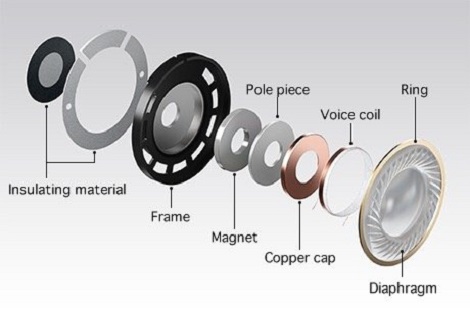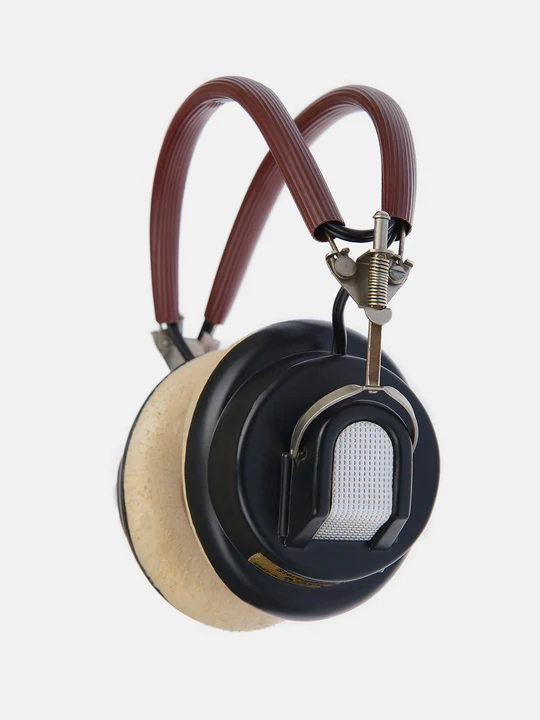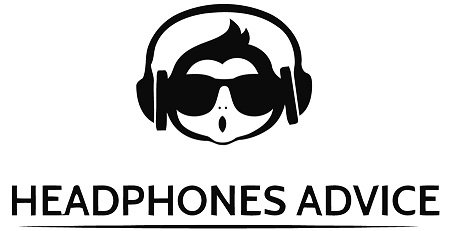📢 Shop the World's Best-Budget and Top-Rated TWS Earbuds 🎧 Shop and Save 🛒
The Headphone is a must-have product nowadays, from watching TV to listening to music. You can’t regret headphones If you want to grab the sound closer as much as possible.
Headphones are best If you want to listen to yourself. They can isolate you from the external noise and provides immersive surrounding sounds for music, gaming, and calling. Speakers provide realistic sound for a live performance or home stereo entertainment for multiple listeners.
However, we’ll explain a bit about headphones here today. Such as what it is and how it works?
So let’s get started!
What are headphones?
The headphone or headset is an output audio device that is used to listening any sound privately by plugging into the source devices such as computers, laptops, tablets, mobile phones, portable mp3 players, CD players, electronic musical instruments, and video gaming consoles, or the amplifiers.
Headphones are a pair of small loudspeakers with drivers worn on or around the head over a user’s ears. They are electroacoustic transducers that convert an electrical signal into sound waves. They are also known as earphones depending on the style, like earbuds, in-ear headphones, and in-ear monitors.
There is also evidence for multiple types of headphones by size, usage, technology, and drivers.

How do headphones work?
At the core of your HEADPHONES is a magnet, which accommodates a flimsy piece of copper called a voice loop. When you plug your headset into an electrical source, similar to your iPhone or PC, a flow is pumped into the voice coil, making an electromagnetic field. They pass their audio signal that emits a varying electrical current.

In practice, headphones work the same as speakers, unlike microphones. They transform electrical energy into sound by utilizing magnets to vibrate the air, which makes the sound.
Moreover, in straightforward terms, the sound is put away in your gadget in a mechanical design. When you hit the play button, it sends the 0’s and 1’s to the converter. This converter changes computerized signals into electrical signals and sends them to headphones and earphones.
Headphone work is explained in this video:
A little history of headphones
The history of headphones is fantastic. The first headphones were developed in the late 19th century for use by telephone operators to keep their hands-free operation. It was a single earpiece that rested on the user’s shoulder and weighed over 10 pounds.
“Engineer Nathaniel Baldwin invented the first pair of headphones resembling modern-day pairs at his kitchen table in 1910. The Navy ordered 100 pairs, not knowing Baldwin was making them by hand.”

In 1958, John C. Koss invented personal listening with the world’s first SP/3 stereophone. Koss sought to replicate the excitement of a live musical performance.
The original SP/3 stereophone allowed listeners to experience sound they had never before, bringing them closer to the music they love.
Why are headphones so important?
The headphone is best for people who need or want to hear one good story and no other, for that headphones are handy and a compact choice for all-day use. They can also provide a level of sound fidelity greater than loudspeakers of similar or even a lower cost.

Also, it can use for professional tasks, such as recording purposes, audio & video editing production, live performance, remote work, office calls, and all types of other uses.
References:
- https://en.wikipedia.org/wiki/Headphones
- https://www.techopedia.com/definition/7551/headphones
- https://lstnsound.com/blogs/main/a-brief-history-of-headphones
- https://koss.com/products/sp-3
- https://www.quora.com/How-do-headphones-work
- 1MORE Headphones - December 18, 2023
- Apple AirPods - November 26, 2023
- Sound Unleashed: Your Guide to Setting Up New Headphones - November 5, 2023






![Advantages and Disadvantages of Using Headphones: [PROS & CONS] - Headphones Advice](https://www.headphonesadvice.com/wp-content/uploads/2022/08/Advantages-and-Disadvantages-of-Using-Headphones.png)
